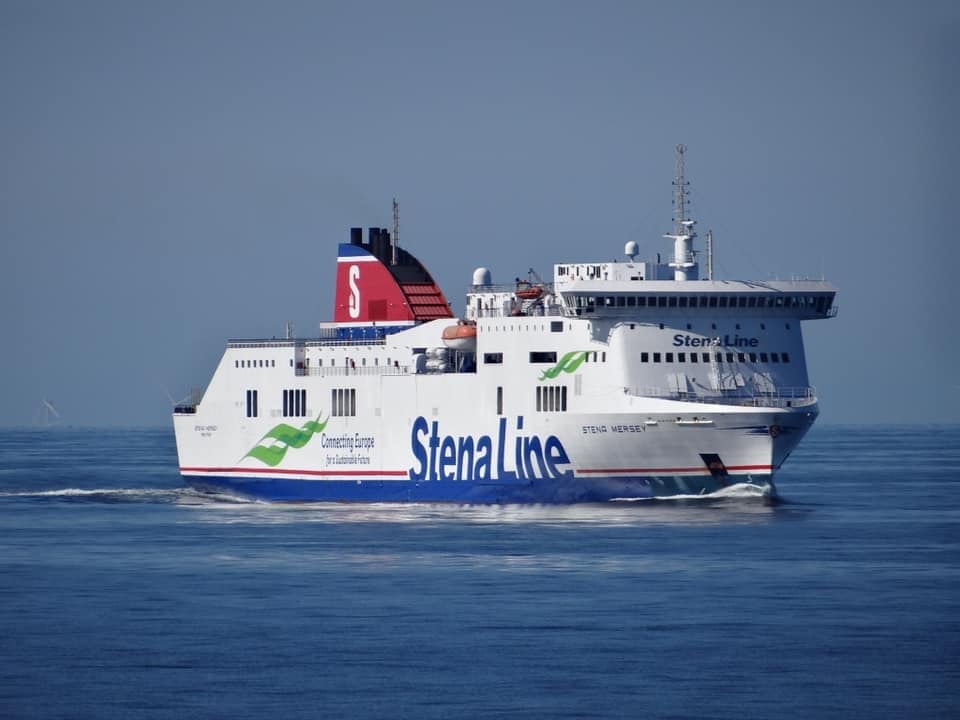Overview
STENA LAGAN and STENA MERSEY are two members of the prolific Visentini series of RoPax ferries. They were the lead vessels in the current “FlexBow” hull design series, and feature the revised forward superstructure shape of EURO STAR VALENCIA and EURO STAR SALERNO, the previous 2 ships in the series. FlexBow is a fuel efficient bow design developed by NAOS Design in cooperation with SVA Potsdam designed to reduce drag created by the hull as the vessel moves through the water, which helped LAGAN VIKING (ii) achieve some 25.5kts in her sea trials with just 21,600kW of engine power.
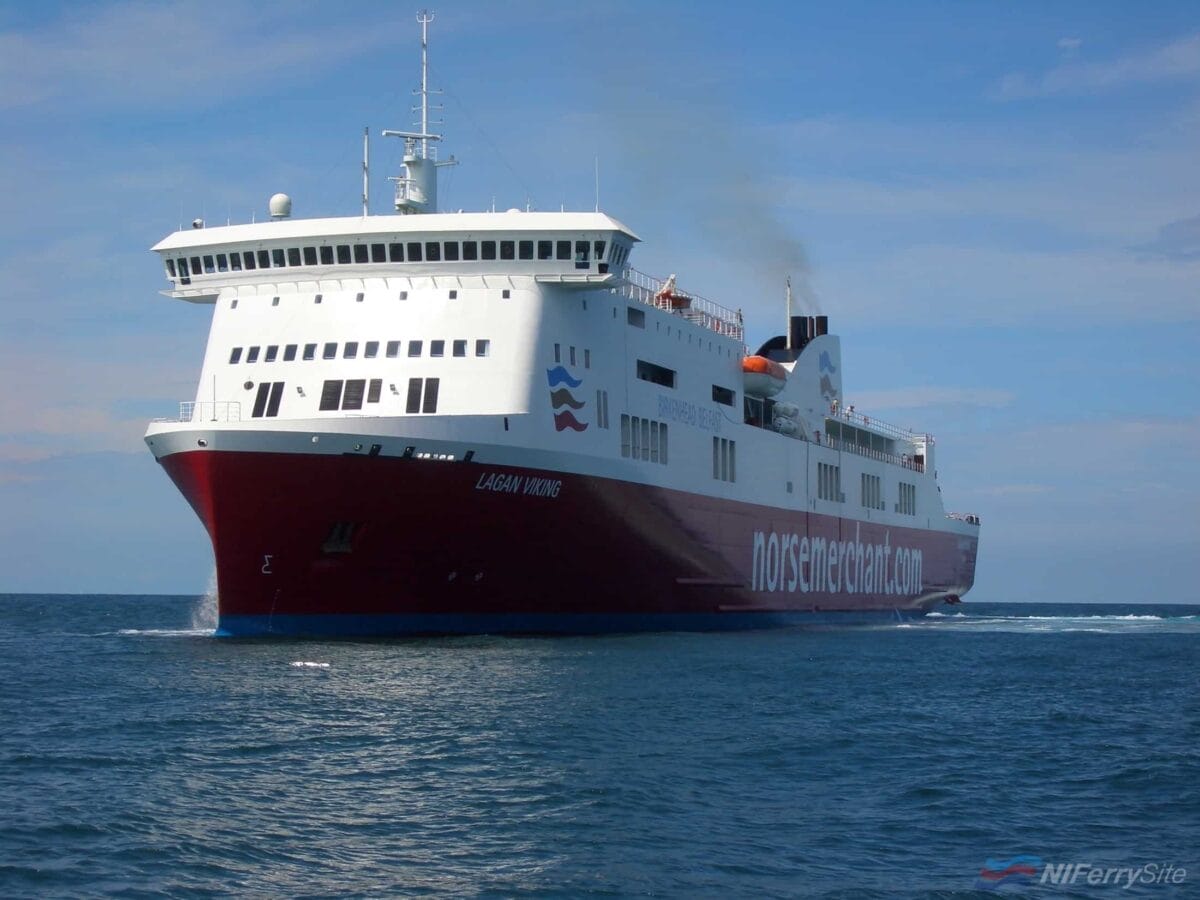
STENA MERSEY and STENA LAGAN became Stena operated vessels along with the route they serve when Stena Line acquired most of the Irish Sea assets of DFDS in 2010/2011. Stena Line had originally chartered STENA LAGAN and STENA MERSEY from EPIC shipping, but they were purchased outright by Stena Line in 2012.
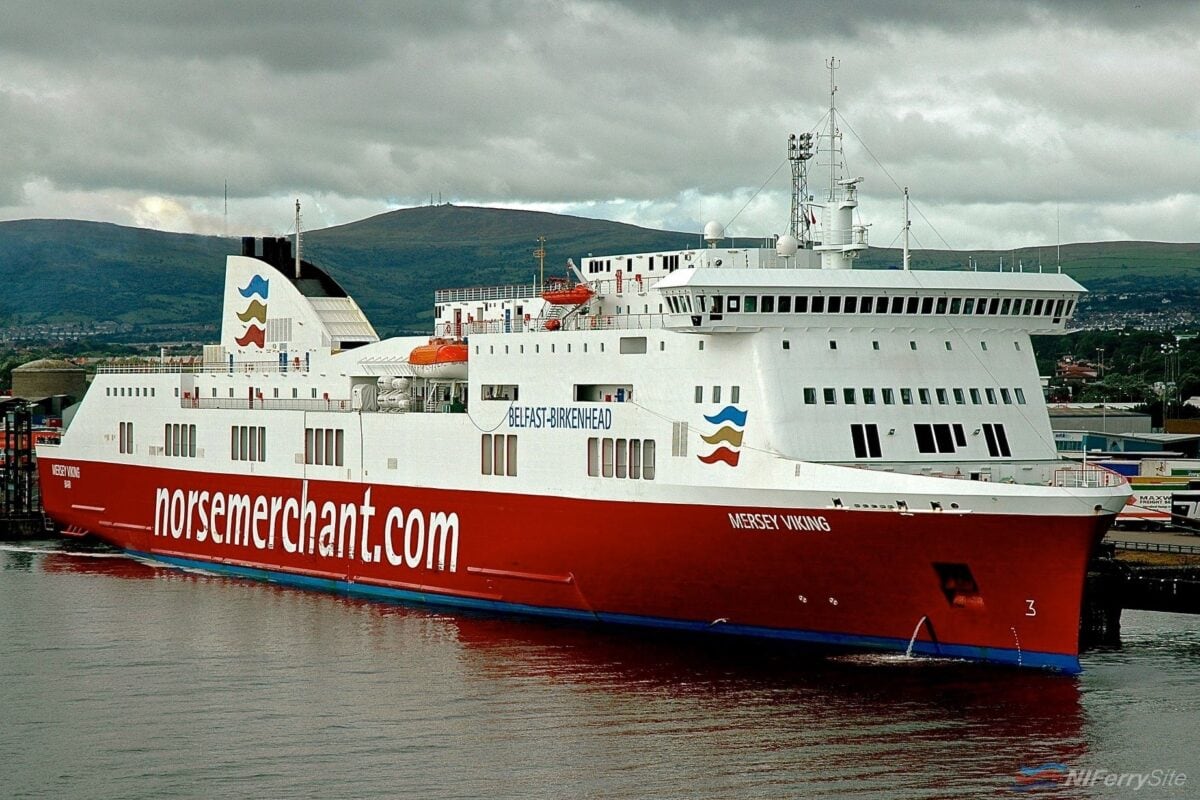
Following their purchase the company spent a total of £4.6 million refurbishing the two vessels at Harland and Wolff in 2013 in addition to the £4

Although the layout of the interior is broadly the same (with the exception of the shared restaurant space which is now split into the Met Bar and Grill, a separate truckers restaurant, and the Stena Plus premium lounge), the original (rather functional) Studio Ancora interior design and IGI Allestimenti supplied furnishings have almost totally been replaced by Stena’s favoured architects Figura Arkitekter.

In terms of overall hull design, STENA MERSEY and STENA LAGAN are very similar to their predecessor vessels (also launched as LAGAN VIKING and MERSEY VIKING and lead vessels of the entire Visentini
The Stena Group of companies currently own or operate more than half of all the Visentini RoPax vessels built. In order to guarantee passenger comfort, Stena Line operate these vessels on a reduced passenger certificate of 720. In early 2018 the Stena Plus lounges on both vessels were relocated and enlarged.
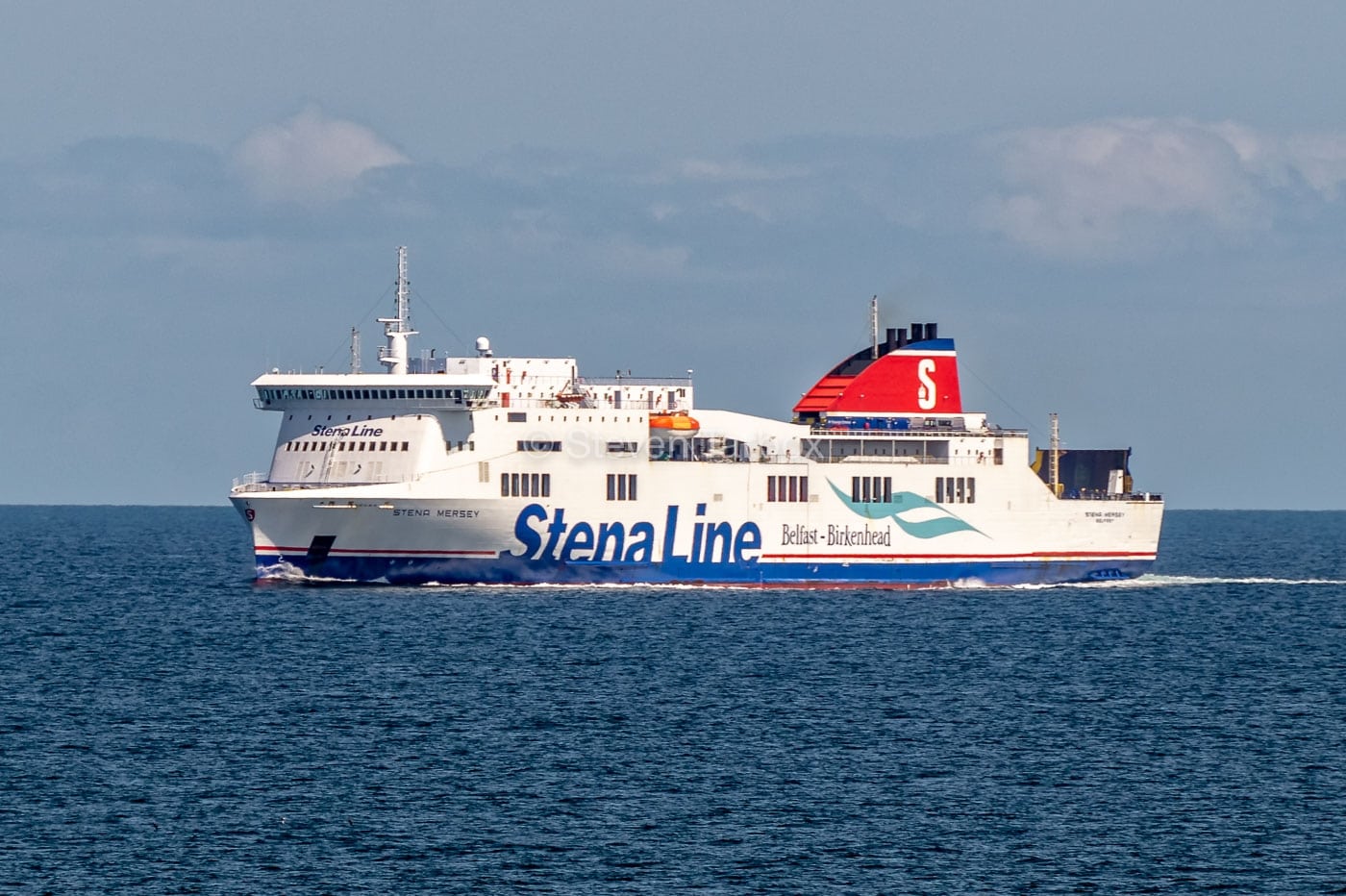
Interior photographs
For a look around inside Stena Mersey during July ’15, click here
Some interior views of Stena Lagan taken during November ’15 are displayed here
In early 2018 the Stena Plus lounge on both vessels was relocated forward. Updated photographs can be seen here.

Technical Data
| Name | STENA LAGAN | STENA MERSEY (where different) |
|---|---|---|
| IMO Number | 9329849 | 9329851 |
| Design | ||
| Building Yard
Classification | 
Lloyds Register of shipping 100A1 roll-on-roll-off cargo/passenger ship | |
| Hull Number | 212 | 213 |
| Interior design (as built) | Studio Ancora, Ancona, Italy | |
| Interior design (Stena Line) | ||
| Owner |  | |
| Previous owners | Epic Shipping, Hong Kong/UK (until 04/2012) Levantina Transporti, Italy (until 11/2008) | |
| Current Operator |  | |
| Completed | July 2005 | November 2005 |
| In service (original) | July 2005 | November 2005 |
| In service (Stena Line) | December 2010 | December 2010 |
| Call sign (Stena) | 2BGR6 | 2BPR6 |
| Previous names and operators (oldest first) | LAGAN VIKING (ii) (Norse Merchant Ferries/Norfolk Line), LAGAN SEAWAYS (DFDS) | MERSEY VIKING (ii) (Norse Merchant Ferries/Norfolk Line), MERSEY SEAWAYS (DFDS) |
| Length overall | 186.46m | |
| Beam | 26m | |
| Draft | 6.6m | |
| Gross Tonnage | 27,510 | |
| Deadweight | 7,000 | |
| Machinery |
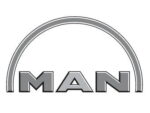 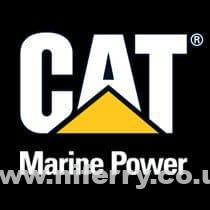
| |
| Power(Max/Pme @ 75%) | 21,600/16,200kW | |
| Operational speed (Max/Normal) | 24/20-22 kts | |
| Capacity (max) | 980 | |
| Capacity (current for Stena) | 720 passengers (in 492 berths) | |
| Vehicle decks | Decks 2,3 & 4 – 120 trailers (4.90 metres free height)
Deck 6 – 85 cars (2.50 metres free height) 2,238 total lane metres Access is via a stern door opening onto deck 3 with ramps between decks 3 and 4, and 3 and 6. Lower hold ramps between deck 3 and 2. | |
| Onboard Facilities in use
(Click here for the onboard gallery) |
| |
| Flag (Stena)
Flag (DFDS/Norfolk Line/Norse Merchant Ferries) | United Kingdom (Belfast) Italy (Bari) |
Photographs
Article Copyright © Steven Tarbox (NIFerrySite). With thanks to Scott Mackey, Captain Stephen Millar (Senior Master, Stena Lagan), David Keery (OBSM, Stena Mersey), Gary Andrews, Ross McDonald, Gordon
Original article published: 26 Feb 2014
Last updated: 27th April 2018
